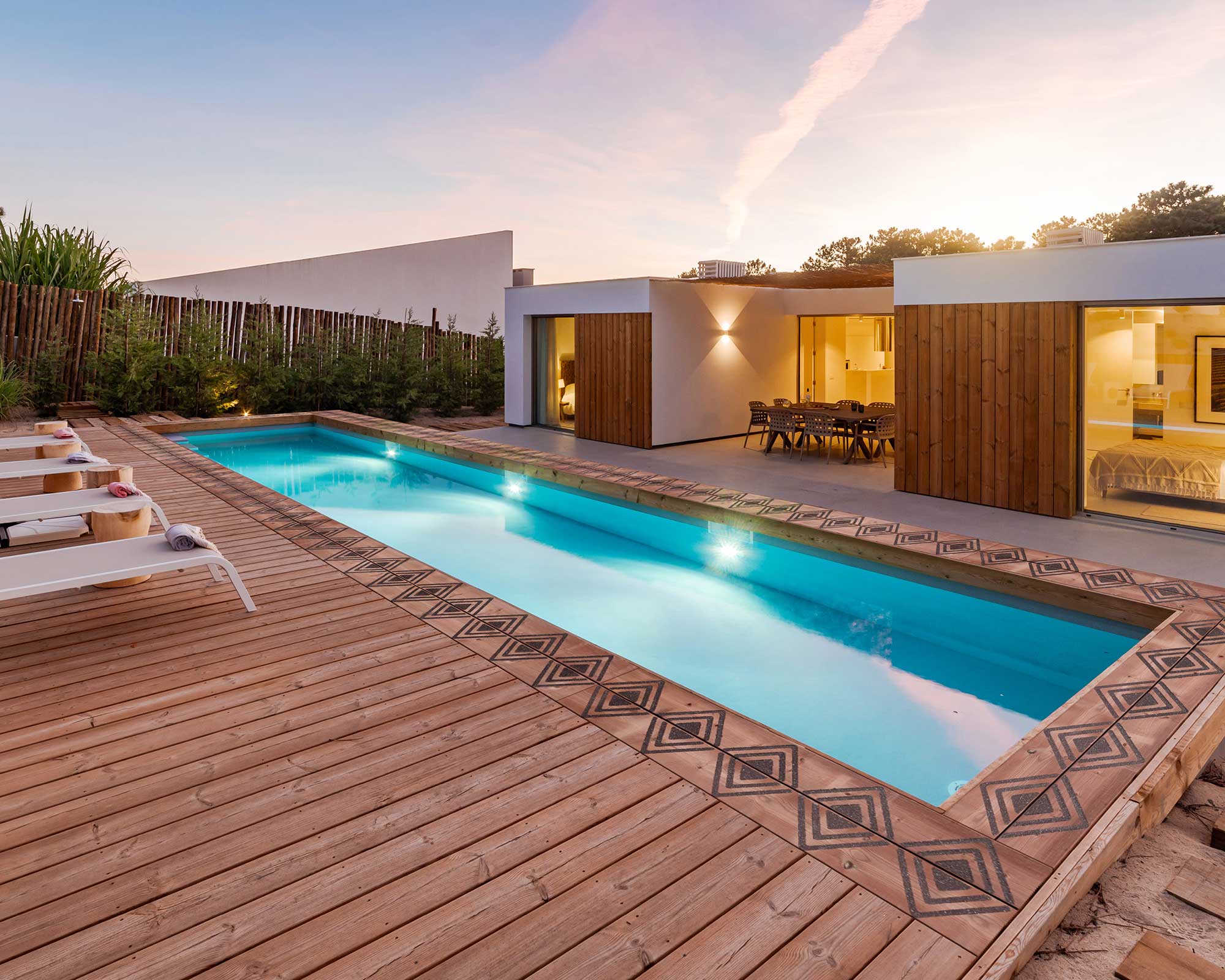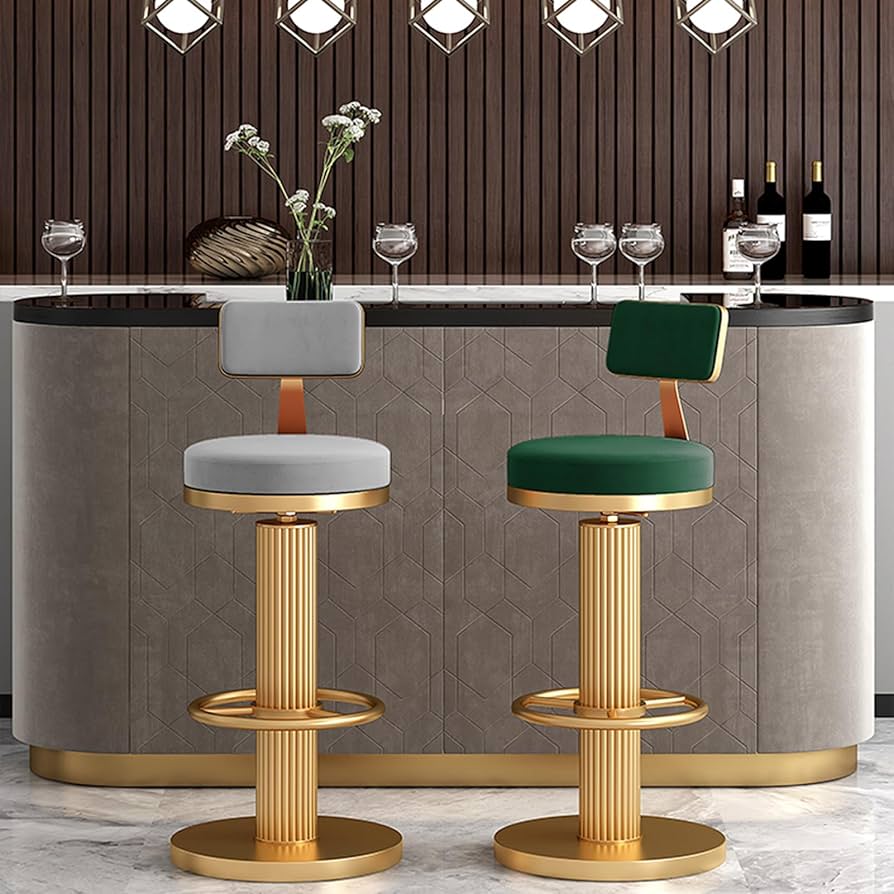How to Renovate Old Hotel Interiors to Increase Room Capacity
Thứ 4, 20/08/2025
Administrator
64
Hotels that have been in operation for years often face outdated interiors and deteriorating brand images, which directly affect room capacity and customer appeal. A proper renovation not only refreshes guest experiences but also boosts revenue and strengthens competitiveness. Ngoc Hoang Anh shares practical solutions for upgrading hotel interiors effectively.
1. Assessing the Current Condition and Setting Renovation Goals
A renovation project only delivers long-term value if it begins with a detailed evaluation of the existing condition and a clear definition of objectives. This step ensures investments are focused on the areas that bring the highest return.
1.1 Structural and Infrastructure Review
-
Inspect electrical, plumbing, and HVAC systems to ensure safety and smooth operation after renovation.
-
Check soundproofing of walls, doors, and floors, especially near public areas.
-
Review structural integrity of walls, floors, and ceilings to identify cracks, leaks, or deterioration that must be addressed before interior work.
1.2 Defining Renovation Objectives
-
Image upgrade: Refresh interior style, colors, and materials to attract target guests.
-
Functional optimization: Reorganize spaces to increase room count or improve guest convenience.
-
Added amenities: Introduce features such as in-room workstations, smart locks, or shared lounge areas.
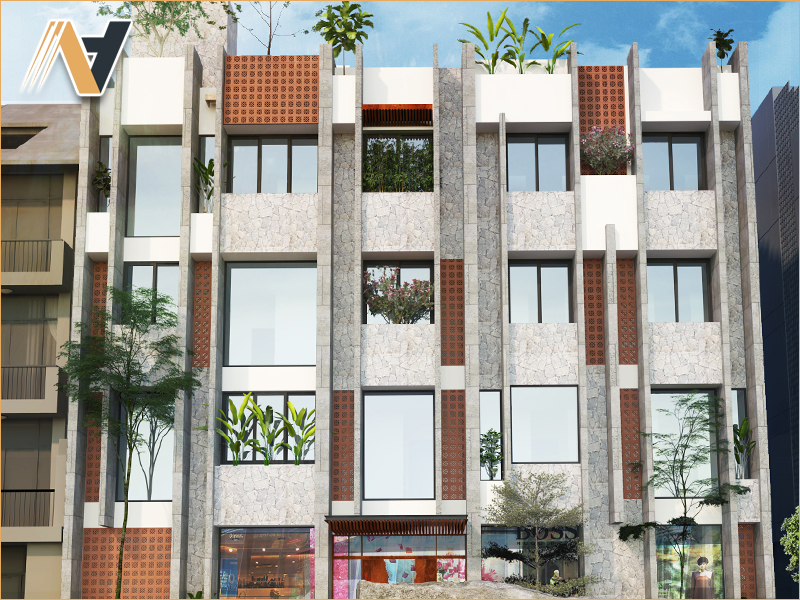
2. Optimizing Layout and Space Reorganization
In many old hotels, poor layouts cause wasted space and inconvenience for guests. A thoughtful reconfiguration enhances efficiency, increases room capacity, and improves guest comfort.
Key solutions:
-
Remove oversized or underused elements such as bulky wardrobes or excessive decorative features.
-
Adopt multifunctional furniture: foldable beds, work desks with integrated storage, or seating with hidden compartments.
-
Improve circulation and luggage storage: widen hallways, create designated luggage spaces to keep rooms organized.
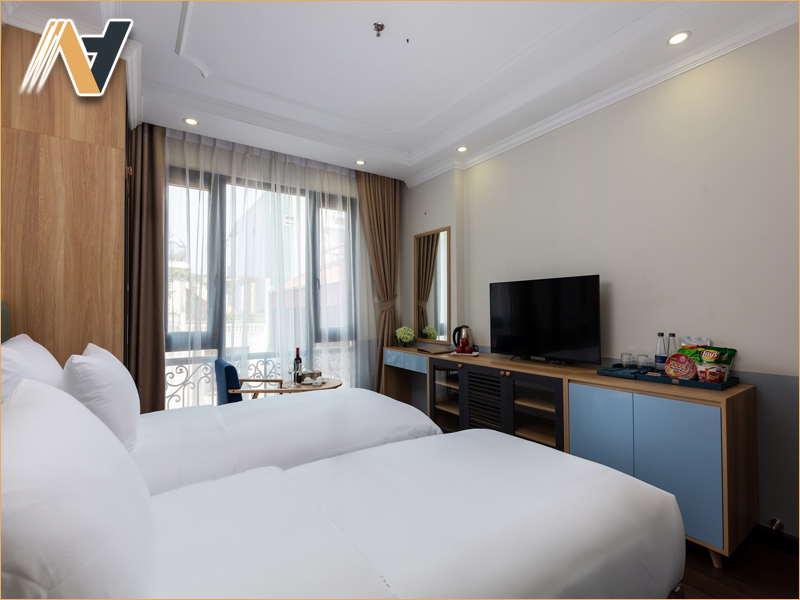
3. Upgrading Furniture and Materials
Renovating interiors involves replacing worn-out materials and upgrading furniture to ensure durability, reduce long-term maintenance costs, and enhance brand perception.
3.1 Replacing Deteriorated Materials
-
Flooring: Replace old carpets with engineered wood or scratch-resistant vinyl flooring.
-
Walls: Repaint with low-VOC paints for health safety and durability, or add premium wallpaper as accents.
-
Ceilings: Repair cracks, replace stained or water-damaged panels for aesthetics and safety.
3.2 Upgrading Furniture
-
Beds and wardrobes: Use FSC-certified wood or moisture-resistant MDF for longevity.
-
Tables and chairs: Choose premium materials like walnut, natural stone, or powder-coated metals.
-
Accessories and décor: Update curtains, lighting fixtures, and mirrors to complete the new guest experience.
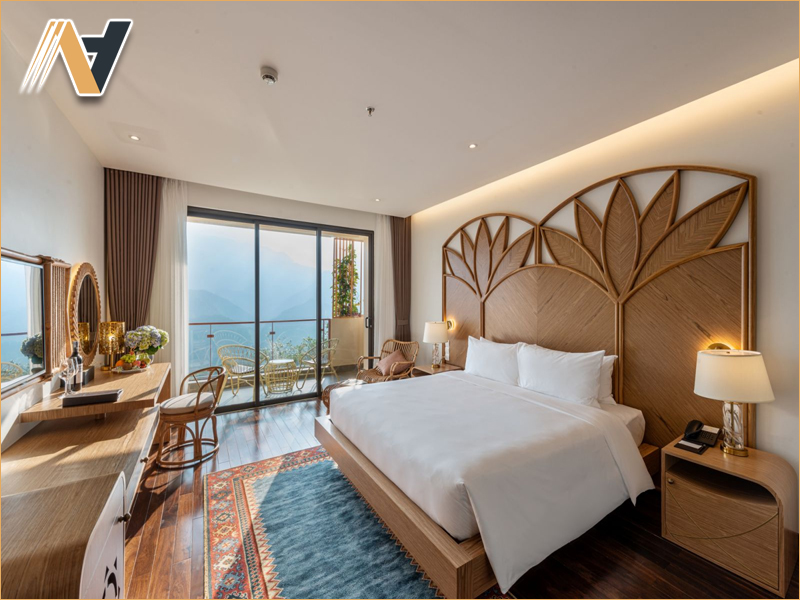
4. Correcting Lighting and Color Deficiencies
Lighting and colors significantly affect spatial perception. Old hotels often suffer from poor lighting, outdated fixtures, or faded wall colors.
Effective improvements include:
-
Install modern LED lighting systems: energy-efficient, long-lasting, and evenly distributed.
-
Choose bright or neutral tones: white, beige, or light gray for a clean, modern look, with accent walls for added character.
-
Add accent lighting: spotlights or wall washers for reception desks, displays, or art pieces.

5. Upgrading Amenities and Smart Technology Integration
Modern travelers expect more than just aesthetics; they demand functionality and convenience. Integrating technology and added amenities enhances competitiveness.
Practical upgrades:
-
Add power outlets and USB ports in convenient locations such as bedside tables and work desks.
-
Provide safes and compact workstations to meet business guest needs.
- Integrate smart technologies: electronic door locks, mobile-controlled lighting and temperature systems for a seamless experience.
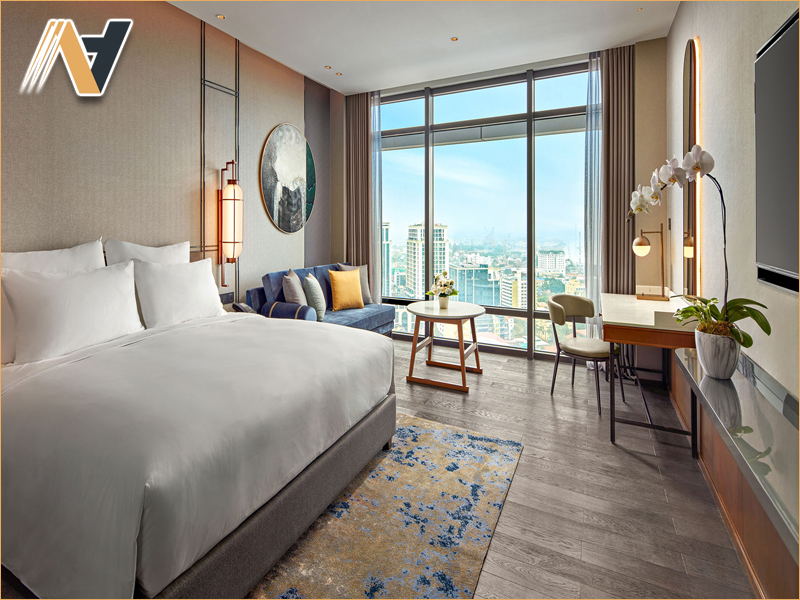
6. Conclusion
Renovating old hotel interiors is a strategic opportunity to refresh brand image, optimize space, and elevate guest experiences, ultimately increasing room capacity and revenue. With extensive expertise in hotel design and hotel furniture OEM, Ngoc Hoang Anh is ready to support investors from concept to construction, creating modern and competitive guest spaces. Contact us today for tailored renovation solutions for your project.

